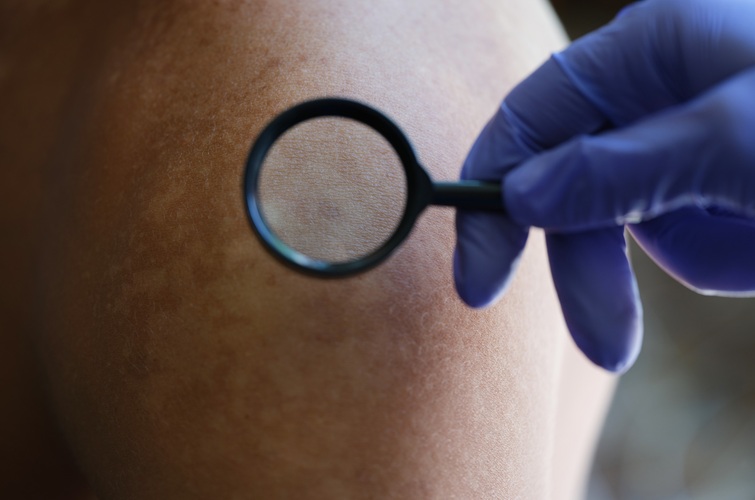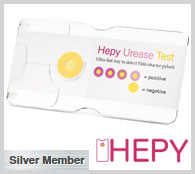Simple Skin Test Could Revolutionize Diagnosis of Pediatric Eosinophilic Esophagitis
Posted on 10 Jun 2025
Eosinophilic esophagitis (EoE) is a chronic, food allergen-driven condition marked by inflammation and damage to the esophageal lining. Diagnosing EoE in children remains a clinical challenge, especially in those who lack overt symptoms like eczema. Moreover, current diagnostic methods are invasive and lack reliable, non-invasive biomarkers. In a breakthrough development, researchers have identified the skin, specifically its lipid composition, as a potential new diagnostic window for EoE, using a simple skin tape test.
The study, led by researchers at National Jewish Health (Denver, CO, USA), explored whether EoE could be identified through alterations in skin lipids, even in the absence of visible skin conditions like atopic dermatitis. Their approach focused on ceramides, which are lipid molecules critical to the skin’s protective barrier. Using liquid chromatography with tandem mass spectrometry, researchers performed lipidomics analysis on skin tape strip samples collected from the forearms of children enrolled in the study. These tape strips allowed non-invasive access to skin biomarkers. The findings published in the Journal of Allergy and Clinical Immunology reveal that children with EoE but no eczema had significant deficits in long-chain and ultralong-chain ceramides compared to healthy controls.

The results suggest a systemic link between EoE and skin barrier dysfunction, highlighting that EoE and eczema, though affecting different tissues, may stem from similar underlying disruptions in lipid metabolism and epithelial integrity. This opens the door to broader implications for diagnosing and monitoring allergic diseases via skin-based assessments. If validated in future studies, this tape-based skin test could offer a non-invasive, accessible, and cost-effective method for identifying children at risk for EoE — sparing them from more invasive diagnostic procedures like endoscopy.
“This study paves the way for using non-invasive skin tape stripping as a potential diagnostic or screening tool for EoE—eliminating the need for endoscopy,” said Donald Y. Leung, MD, PhD, of National Jewish Health. “By analyzing skin lipid profiles, we may be able to detect epithelial vulnerability before symptoms appear. If validated, this simple skin test could revolutionize how we diagnose and monitor eosinophilic esophagitis.”














